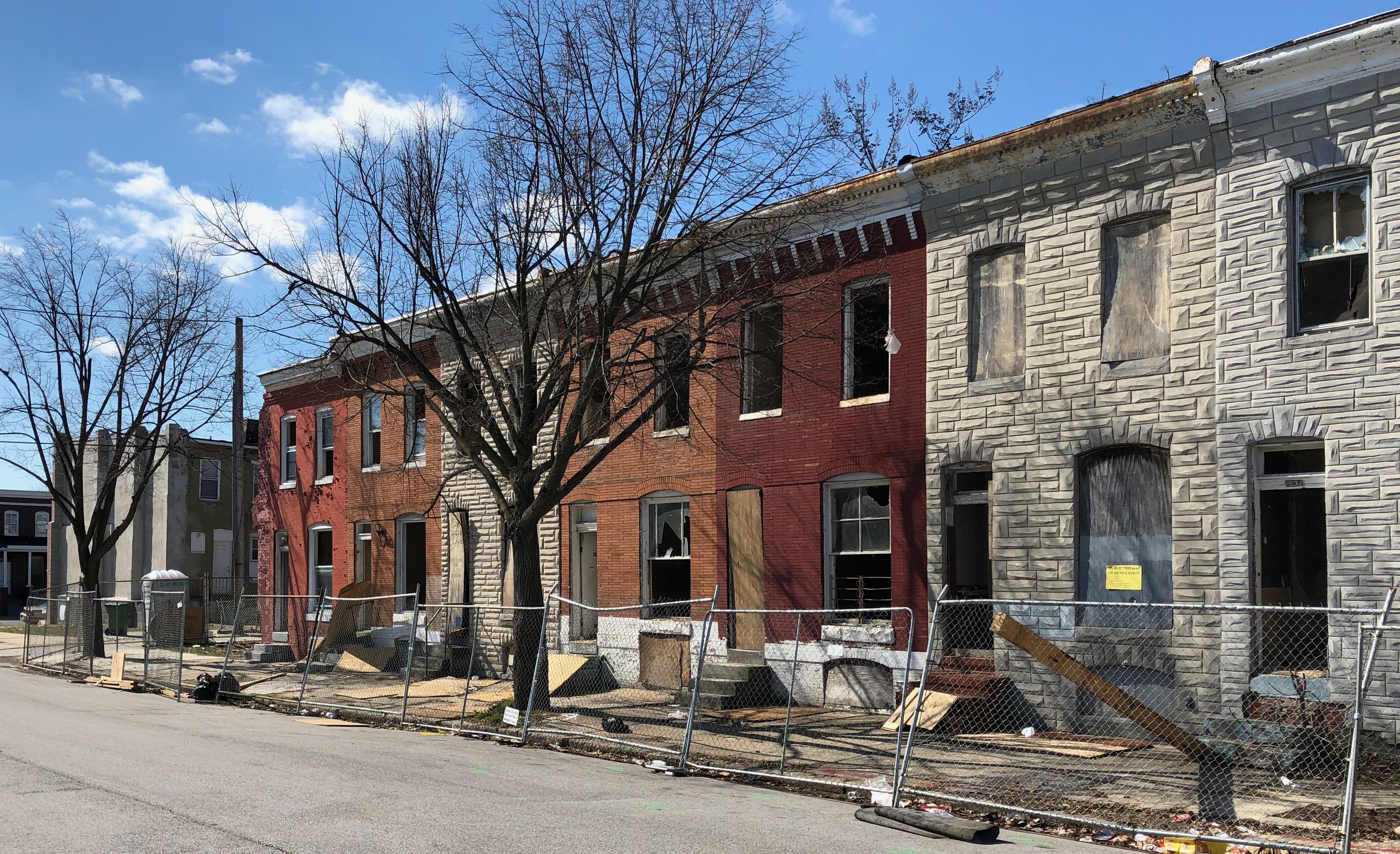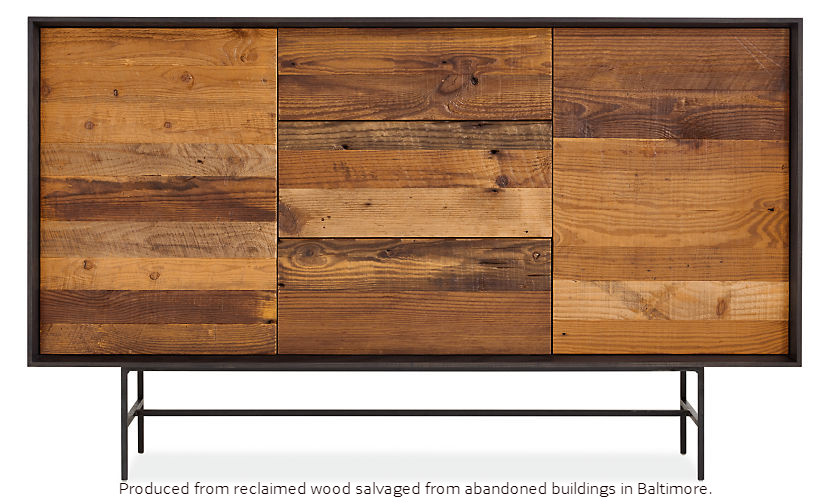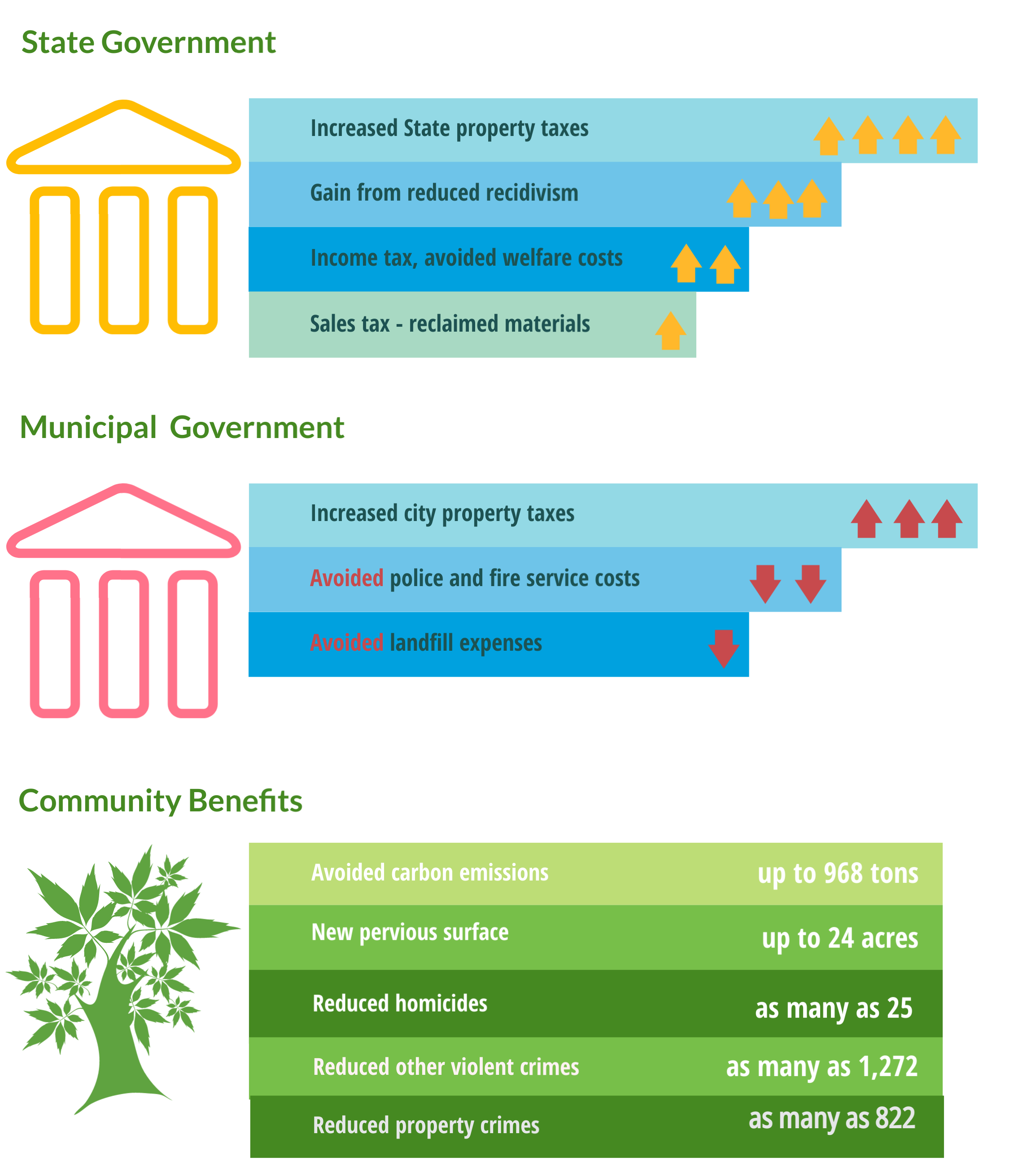Rebuild neighborhoods
Older cities, especially in the industrial Northeast and Midwest, suffer from an epidemic of abandoned buildings — far more than many people would expect.

Restore property values, reverse neighborhood decline, add affordable housing opportunities
Vacant buildings and lots can significantly reduce the value of the occupied properties close to them. Studies in Philadelphia and Columbus, Ohio, found that a vacant building on a block can reduce the value of nearby properties by 20 percent or more.
Reduce crime and violence
Vacant properties are strongly associated with crime and violence. One study found that crime rates on blocks with abandoned properties were twice as high as on those without any abandoned properties.
Cut carbon emissions
Take wood to a landfill and it decomposes, returning the its stored carbon to the atmosphere. Reuse it, and the carbon remains “sequestered” for decades longer.
Create jobs
It’s hard for people who’ve been incarcerated or have a history of drug use to find jobs that pay a living wage — even offer career prospects. But the Baltimore wood project showed how to change that. With a lot of help from its partners.
Manufacture valued products
Deconstructing buildings creates more jobs than just demolishing them — in Baltimore about eight workers compared to one. And almost all — 95 percent — of the material from deconstructed buildings can be reprocessed for sale to builders, designers and architects.
Architects and designers appreciate “old” wood; they like its grain, its patina and its connection to a real place with which customers can identify.
That’s why Room and Board became involved in the Baltimore Wood Projects. In 2018, Room & Board launched the “Urban Wood Project: Baltimore” product line, using salvaged wood from Baltimore row homes. Products include tables, cabinets, bookcases, and shelves, all named after streets in Baltimore. Check out the catalog here.
Increase revenue, avoid costs
Not every dollar gained will be earned by urban wood sales. In fact, the biggest economic impact will likely be on public spending. Some income gains will come from increases in tax revenue. But most of the benefits will come from avoided costs — for landfills, incarceration, policing, environmental management, to name just a few.
Long Term Projections for Baltimore
Based on work by Quantified Analytics. Their complete report can be accessed here.


